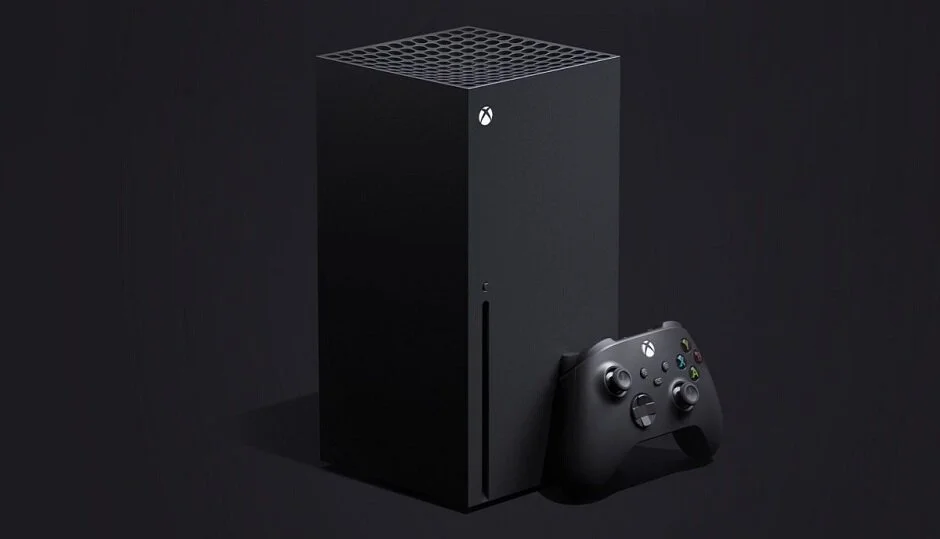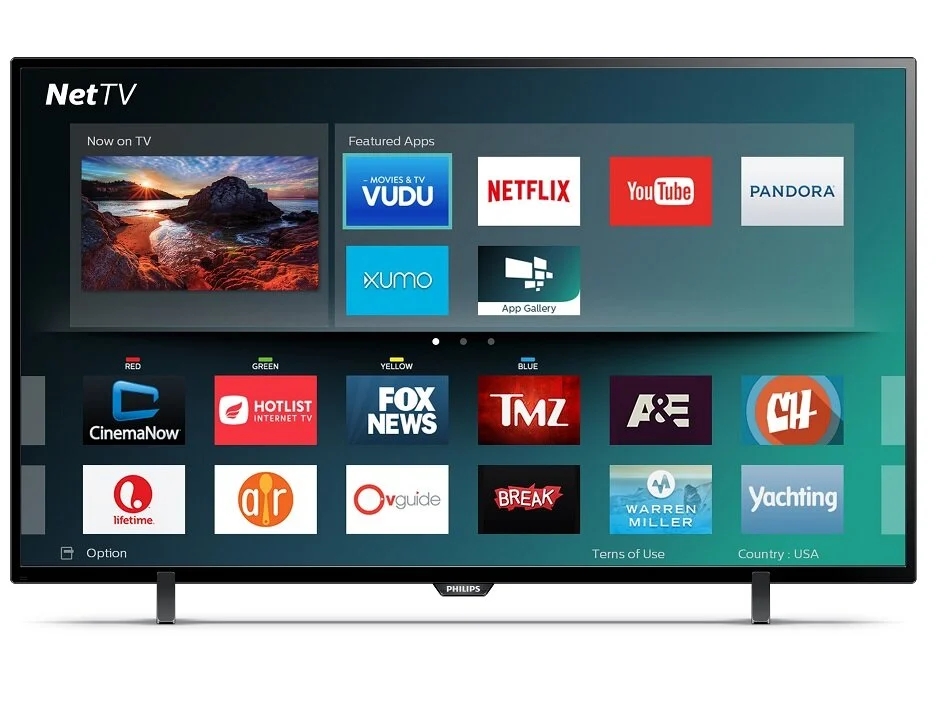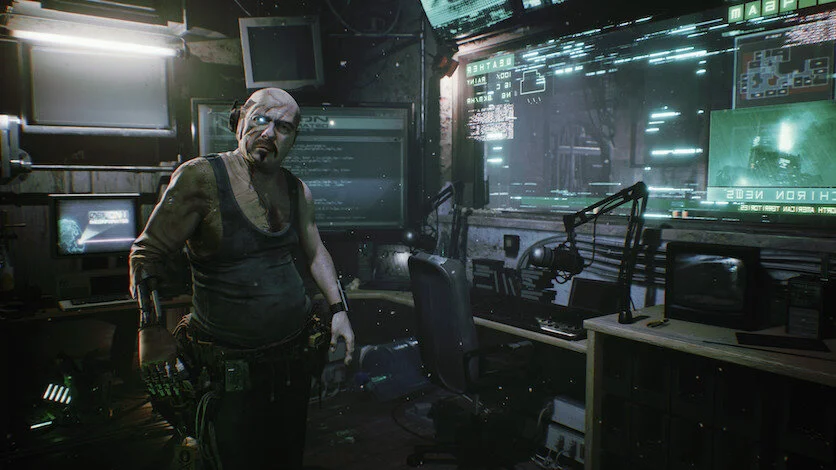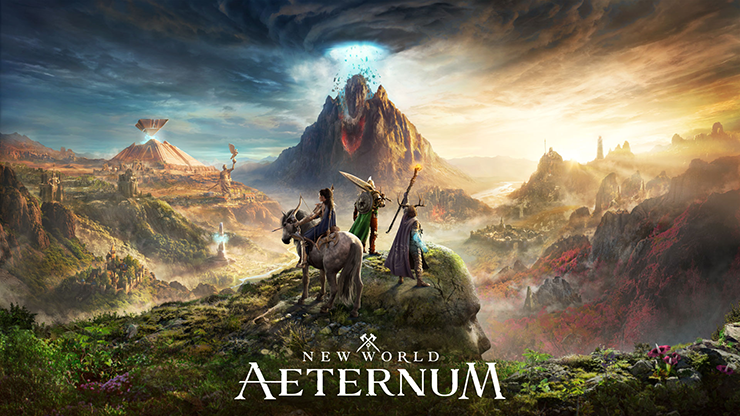Among Sony and Microsoft, there is a goal which, even if not stated outright, plays an enormous part in their business model. This goal is achieving the creation of an all-in-one home entertainment machine. If achieved, such an idea would create an infrastructure centered entirely on a certain brand, which would be massively advantageous in terms of long-term financial success.
Current-gen systems leaned on this concept, though their implementation fell short. In fact, the name of Xbox One, while ridiculous given the predecessors of Xbox 360 and the Xbox (first generation), is incredibly indicative if viewed through this lens. The Xbox One was conceptualized as the One place your home needed for media, and while it couldn’t live up to this lofty ideal, the PS5 and Series X might be far better suited as we go forward.
Understanding this target, we thought it would be interesting to see exactly what the new consoles would need to manage to accomplish such a feat. What could they do to improve their scope and chances, and why would these elements prove important? We investigate.
Broader Choice Within Gaming
The first step to creating a better world of integration could be found in a different approach to how games are played. For many PC gamers, the thought of using a console as a primary system isn’t automatically dismissed, but it is held back for a couple of key concerns. They are namely those of customizability and control.
One of the strengths of console gaming comes from how closed the systems are. This means developers can practically guarantee their vision, but this vision is often slightly different from what many players want. While modding on the level of PCs might be out of the question, at the very least, custom visual options on consoles could be key.
Speaking personally, many times we’ve gone the PC route for multiplatform games, even on underpowered rigs, because lowered settings on PCs allowed us to hit 60fps. Give us the ability to hit this on games on console through downgraded visuals, plus the previously underrated ability to play with a keyboard and mouse, and we’d often make the leap happily.
More than Just Gaming
Taking this a step further, these new consoles could also see success if they broadened out their possibilities beyond straight entertainment. Two areas with considerable potential in this regard could be found in work and general internet browsing duties. Neither is necessary in any sense, but both avenues would offer no downsides and could offer significant, if perhaps esoteric, benefits to professional and casual use. These benefits might even tie back into gaming down the line.
For work, a powerful approach might be found in again seeing widespread acceptance of keyboard and mouse setups, and the adoption of business processing tools. This would be especially simple for Microsoft, with their Office suite already tied into their devices, and with it being the practical defacto choice for the majority of modern businesses.
While not ideal compared to a desk-based setup, systems like this would bring newer consoles closer to achieving a true all-encompassing reality. With wireless technology coming as far as it has, they might even be able to screen-mirror to smart display devices, further overcoming limitations.
Browser interfacing could also be much improved with such basic integration. While browsers have existed on consoles for a couple of generations now, the consoles’ approach to this world was not one of utmost attention. Being built from the ground up with browsers in mind, combined with mouse and keyboard input, could make these consoles a desirable choice for additional, casual uses.
Going one step further, such browsers could even feed back to gaming in a roundabout way. In the last gen, the reliance on Flash meant that browser gaming was effectively a non-starter. The move in the last few years to HTML5 has eliminated this barrier, meaning browser games could be truly viable on consoles for the first time. From traditional games like Crush the Castle on Newgrounds to online casino table games like American Blackjack and Four Card Stud, the choice here could be immense, and the increased appeal to fans of online casino games as well as of indie titles such as those hosted on the likes of Armor Games and Newgrounds would further boost Sony and Microsoft’s efforts.
The Issue of Decentralized Evolution
One major issue standing in the way of the all-in-one strategy comes from how developed related hardware and software has become. For example, YouTube and browsers might have caused immense demand if released on consoles existing in a vacuum, but that’s not the world we live in today.
Today, the smart televisions and other devices we own can perform many of these tasks just as well, making some of the principles of all-in-one systems effectively obsolete. Because of this, the ultimate victory for newer systems won’t just come from extending their possibilities; it will be born from doing so in a manner more convenient than the alternatives. Whether or not such an ideal might be achieved remains to be seen, but it marks an interesting point of development to watch.




















